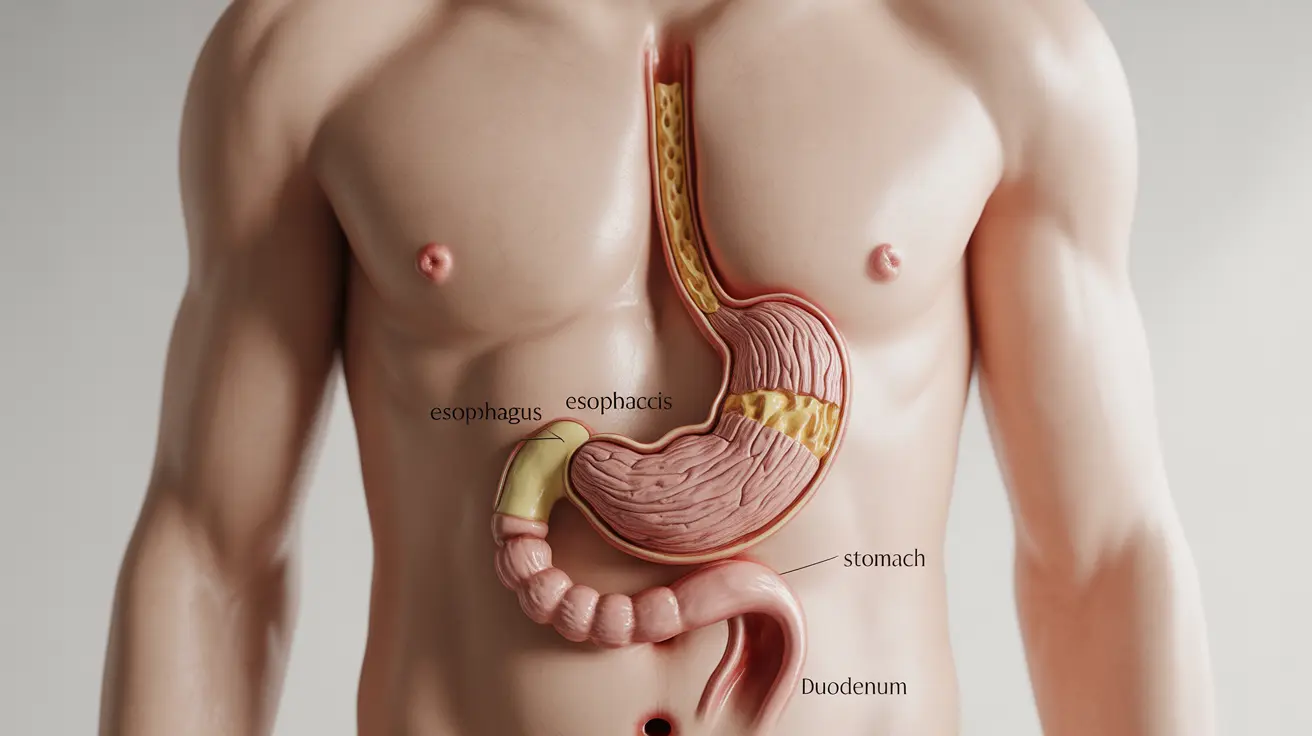A chest X-ray is one of the most common and valuable diagnostic imaging tests in modern medicine. This quick, painless procedure creates detailed images of your chest cavity, including your heart, lungs, blood vessels, airways, and bones of the chest and spine. Understanding what chest X-rays involve can help you feel more confident when your healthcare provider recommends this important diagnostic tool.
Whether you're experiencing respiratory symptoms, recovering from an injury, or need routine medical screening, chest X-rays provide crucial information that helps healthcare providers make accurate diagnoses and develop effective treatment plans. Let's explore everything you need to know about this fundamental medical imaging procedure.
What a Chest X-Ray Reveals
Chest X-rays use small amounts of radiation to create clear images of your chest's internal structures. These images can reveal various conditions and abnormalities, including:
- Pneumonia and other lung infections
- Heart problems and enlarged heart
- Lung cancer or other masses
- Broken ribs or fractured bones
- Blood vessel conditions
- Fluid around the lungs (pleural effusion)
The Procedure: What to Expect
Getting a chest X-ray is a straightforward process that typically takes less than 15 minutes. During the procedure, you'll need to:
- Remove jewelry and metal objects
- Wear a hospital gown if requested
- Stand still against the X-ray plate
- Hold your breath briefly when instructed
Your technologist may take images from different angles, usually from the front and side of your chest, to provide a complete view of the structures within.
Common Reasons for Chest X-Rays
Healthcare providers order chest X-rays for various reasons, including:
Diagnostic Purposes
- Investigating chest pain
- Evaluating persistent cough
- Checking for pneumonia
- Following up on abnormal lab results
Screening and Monitoring
- Pre-surgical evaluations
- Regular health checkups
- Monitoring existing conditions
- Tracking treatment progress
Safety and Considerations
While chest X-rays do expose patients to a small amount of radiation, the benefits typically outweigh any potential risks. The radiation dose is minimal – equivalent to about 10 days of natural background radiation we receive from our environment.
Special considerations apply for certain groups:
- Pregnant women should inform their healthcare provider
- Children may need modified procedures
- Patients with metal implants should discuss them beforehand
Frequently Asked Questions
What does a chest x ray show, and how is it used to diagnose health problems?
A chest X-ray shows detailed images of your heart, lungs, blood vessels, airways, and chest bones. Healthcare providers use these images to diagnose conditions like pneumonia, heart problems, broken ribs, and lung cancer, allowing them to make informed decisions about treatment.
How do I prepare for a chest x ray, and what should I expect during the procedure?
Preparation is minimal – you'll need to remove jewelry and wear a hospital gown. The procedure takes about 15 minutes, during which you'll stand against an X-ray plate while images are taken from different angles. You'll need to hold still and may be asked to hold your breath briefly.
Are there any risks or side effects from having a chest x ray?
Chest X-rays involve very low radiation exposure, and side effects are extremely rare. The radiation dose is equivalent to a few days of natural background radiation, making it a very safe diagnostic tool when properly administered.
Why might a doctor order a chest x ray, and what symptoms or conditions does it help detect?
Doctors order chest X-rays to investigate symptoms like chest pain, persistent cough, or difficulty breathing. They can detect conditions including pneumonia, heart problems, lung cancer, broken ribs, and fluid accumulation around the lungs.
Can I have a chest x ray if I am pregnant or have metal implants in my body?
If you're pregnant, inform your healthcare provider as they may recommend alternative imaging methods. Metal implants generally don't prevent you from having a chest X-ray, but you should discuss them with your provider to ensure the best imaging approach.




